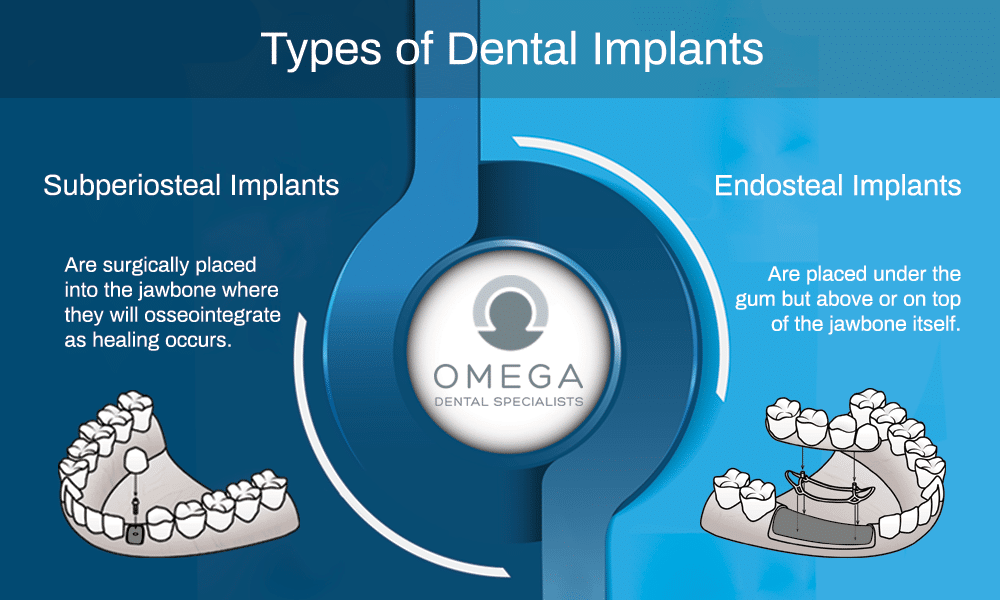Dental Sense - Truths
Dental Sense - Truths
Blog Article
Not known Incorrect Statements About Dental Sense
Table of ContentsGetting The Dental Sense To WorkGetting My Dental Sense To WorkThe Only Guide for Dental SenseThe Greatest Guide To Dental Sense
are clinical gadgets surgically dental implanted into the jaw to recover an individual's capability to chew or their appearance. They provide assistance for artificial (phony) teeth, such as crowns, bridges, or dentures. When a tooth is lost due to injury or condition, an individual can experience issues such as quick bone loss, faulty speech, or changes to eating patterns that cause discomfort.Oral dental implant systems are composed of an oral implant body and dental implant joint and may likewise consist of a joint addiction screw. Dental implant vs bridge. The dental implant body is surgically put in the jawbone in area of the tooth's root. The oral implant abutment is normally attached to the dental implant body by the joint fixation screw and extends with gums right into the mouth to support the attached synthetic teeth
(https://gravatar.com/futuristiccreativelyc881a796d5)Framework of The Dental Implant System choosing dental implants, speak to your oral service provider about the possible benefits and risks, and whether you are a candidate for the treatment. Points to think about: Your general health and wellness is an essential element in identifying whether you are a good candidate for dental implants, just how long it will take to recover, and the length of time the implant may remain in area.
Smoking might impact the healing procedure and lower the long-lasting success of the implant. The recovery procedure for the implant body might take numerous months or longer, throughout which time you normally have a short-term abutment instead of the tooth. the dental implant treatment: Meticulously adhere to the oral health directions offered to you by your oral provider.
Dental Sense Can Be Fun For Anyone
Implant failing can result in the requirement for another operation to fix or change the implant system. Recovers the capacity to eat Brings back cosmetic appearance Aids maintain the jawbone from diminishing due to bone loss Maintains the health of the bordering bone and gums Helps maintain surrounding (neighboring) teeth steady Improves top quality of life Damage to bordering all-natural teeth throughout dental implant positioning Injury to the surrounding cells throughout surgery, such as sinus opening Injury during surgical treatment (for instance, crack of bordering jawbone) Insufficient feature, such as seeming like the teeth do not bite together typically A feeling that the tooth hangs or twisting in position arising from a joint screw loosening up Implant body failure (looseness of the implant body) as a result of systemic infection, which may be more likely in people with unrestrained diabetes due to regional infection in bone and periodontals supporting the implant body due to delayed recovery, which might be a lot more likely in people who smoke Difficulty cleaning the gums around the dental implant, leading to bad oral hygiene Unattended periodontal illness Post-surgical tingling as a result of nerve impingement or damages Always alert health care carriers and imaging specialists that you have oral implants before any type of magnetic vibration imaging (MRI) or x-ray procedures.
FDA is not familiar with any type of negative events reported for MRI or x-ray treatments with oral implants. Oral implants systems are usually made of materials that comply with worldwide consensus standards of the International Organization for Standardization (ISO) or ASTM International. These requirements have information of what makes a risk-free product.

An oral implant is a structure that changes a missing tooth. With screw-like devices, the doctor inserts a dental implant right into the jawbone, and it acts as a support for an artificial tooth, called a crown.
3 Easy Facts About Dental Sense Shown
Some people are not qualified for oral implant surgical procedure. It is for dental cosmetic surgeons to operate individuals with: intense illnessuncontrollable metabolic diseasebone or soft tissue disease or infectionIf these issues are solved, an individual can have the surgical treatment. In, oral specialists refrain from operating people with: If individuals with any of the above undergo oral implant surgery, there is a greater threat of the implant stopping working.

Oral implant surgical treatment is an individualized procedure. Provide you time to recover. Affix the post and last crown, bridge or denture.
Next, your cosmetic surgeon will meticulously place the dental implant into your jaw. If your dental implant is near the front of your mouth, your dental practitioner will certainly make a momentary tooth for you to wear up until you recover.
Dental Sense Can Be Fun For Everyone
Throughout the recovery phase, your jawbone needs to fuse to the oral implant. This process can take anywhere from 3 to 9 months.
When your implant heals, your dental practitioner can attach the joint (small port blog post) and your final repair (crown, bridge or denture). This usually takes regarding one hour to complete and might call for a second small surgical treatment. You should not feel any kind of discomfort during your oral implant procedure due to the fact that your service provider will use medicine to numb your gum tissues.
Report this page